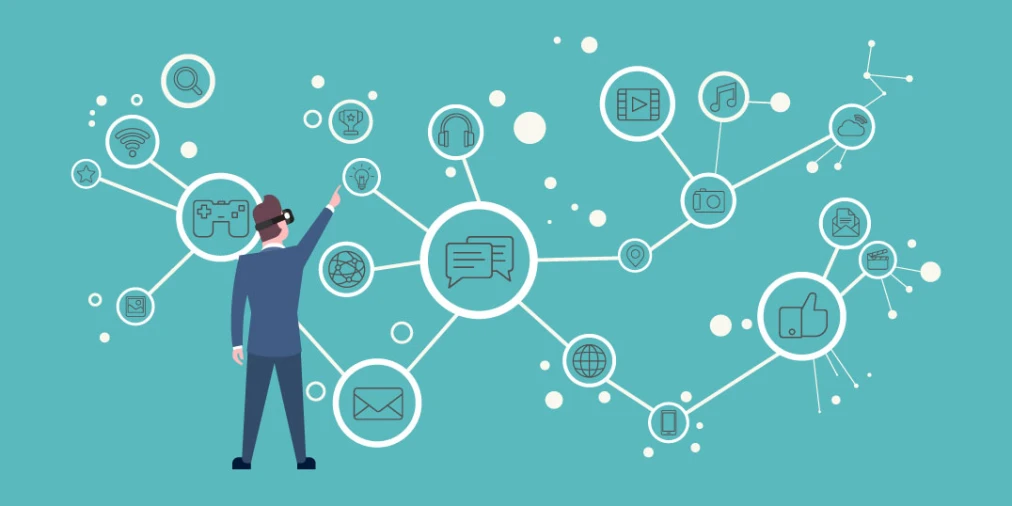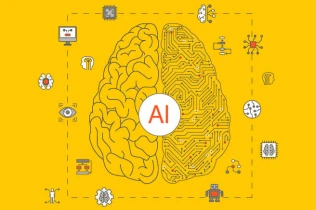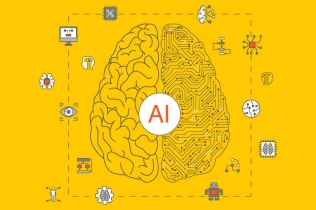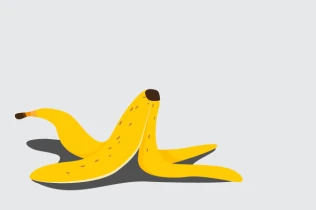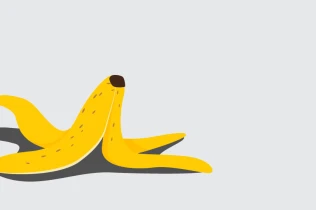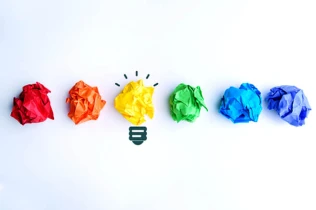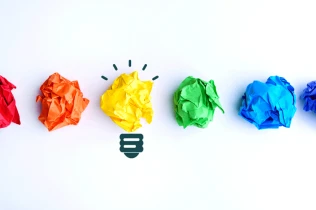Design-wise, the possibilities of VR are simply huge. VR offers the chance to provide unforgettable experiences and immersive situations, whether the purpose be to inform, entertain or showcase a new product. The sheer level of immersion and interactivity offered by VR has resulted in increased levels of engagement by audiences, a benefit which sets it apart from standard two-dimensional content. The ability to place an audience inside an environment at the click of a button is a testament to the selling point of VR – it goes beyond flat visuals.
As VR finds its feet, we’ve generally been restricted to tastes of what’s to come, especially when it comes to experience-based content. Movie companies have produced interactive environments, placing audiences into film scenes, for example, whilst automotive companies have produced virtual test drives in their latest prototype models, making exclusive, luxury ‘real life’ experiences available to the general public at the click of a button.
Accessibility-wise, top end VR headsets are still an expensive commodity. However, as affordable, mobile-based VR enters the market, everyday consumers’ heads are being turned. Additionally, VR content can be accessed without a headset nowadays, via such services as Facebook360 and Youtube360.
Looking at virtual reality as a creative tool gives us plenty to get excited about. Firstly, VR design can offer insights into how a project is going to look and feel, offering a window into the future for both designer and client. Similarly, VR brings with it the chance to view concepts from another perspective, enabling us to notice problems that may not ordinarily be spotted as part of a standard, more traditional design process. Sooner than later, it will be possible to build (and edit) live designs and concepts within VR.
Of course, the technology still has some way to go in terms of refinement, including addressing hardware issues such as headset discomfort and offering a solution to the motion sickness and dizziness associated with extended use. Another element that VR lacks is the intimate, physical tangibility that comes with a real-life experience.
Furthermore, there are potential downsides to designers placing all their eggs in the VR basket. We need to be weary of simply producing VR content for the sake of it, meaning we must prioritise consumer needs over gimmicks and create meaningful, necessary situations and experiences.
In terms of the economy, it’s reassuring to know that virtual reality is the fastest growing segment of the UK’s entertainment and media sector. What’s more, PwC’s Global Entertainment and Media Outlook 2018-2022 predicts that future growth will be “driven by a second wave of hardware that is easier to use, better supported and ultimately priced for the masses entering the market over the forecast period.” As part of its deal with the Creative Industries Council, the government is looking to double the UK’s share of the breakthrough technology market by 2025 (you can read more about the future of the UK’s creative industries here).
It’s easy to forget how VR has come on leaps and bounds in the past decade. And if, as predicted, it can overcome refinement issues and reach its full potential, we will be able to turn to virtual reality as a viable creative solution for many years to come.
Interested in our creative services? Speak to us today.
